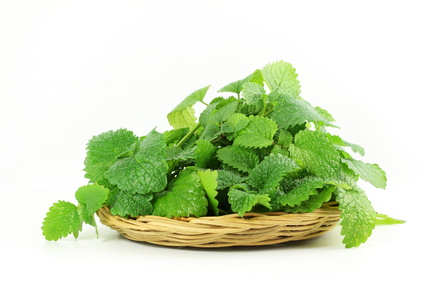
Millions of Americans suffer from chronic pain. If the opioid epidemic has taught us anything, it’s that traditional pain management through medication can exacerbate issues rather than heal them. Physicians and patients alike now seek alternative means for easing the ache.
Fortunately, a combination of ancient wisdom paired with modern scientific discoveries have introduced several new pain management techniques of late. If you suffer any type of chronic pain or inflammation, give the following techniques a try. Because they’re holistic, you have nothing to lose but unnecessary suffering.
1. Anti-Inflammatory Diet
Did you know the foods you eat can impact your pain levels? Many doctors and nutritionists now recommend adopting an anti-inflammatory diet if you suffer from conditions like rheumatoid arthritis or ulcerative colitis.
Foods to eat on such a diet include tomatoes (pair them with onion or garlic for maximum lycopene absorption), healthy fats like olive oil and deep green, leafy vegetables. Take a hard pass on processed foods like french fries, refined carbohydrates like white bread and red and processed meats. In general, new research is showing that eating plant-based foods in a variety of colors is the best way to ensure you get a full range of phytonutrients.
2. Symptom-Specific Supplementation
Deficiencies in certain vitamins and minerals can exacerbate health conditions such as migraine disease and chronic inflammatory conditions. For example, people with both iron-deficiency and pernicious anemia often suffer an increased number of headaches as well as thinning hair and nails and low energy. Taking the right supplements can combat pain.
Many arthritis sufferers find significant relief from SAM-e, which lubricates joints and improves mobility. As an added bonus, the supplement also acts as a natural antidepressant. Gamma-linolenic acid (GLA) can alleviate nausea and vomiting in people with IBS or Crohn’s disease. However, since some supplements interfere with certain medications, consult your physician before adopting a regimen.
3. Low-Level Laser Therapy
A sizeable percentage of the U.S. population suffers from back and neck pain due to osteoarthritis, degenerative disk disease or chronic muscle spasms. A recent study found over 65 percent of patients receiving low-level laser therapy reported an improvement in pain levels of 30 percent or more.
While low-level laser therapy doesn’t necessarily cure the underlying disorder, the pain-relieving effects can last for a significant time period with regular treatments. Some recipients report pain relief for as long as 22 weeks after treatment.
4. Radiofrequency Ablation
Another non-invasive medical procedure, radiofrequency ablation uses an electrical current to heat up a small area of nerves and deaden them. One advantage of such therapy is it requires little downtime — patients can return to normal functioning as soon as the next day.
Radiofrequency ablation comes with few risks outside of swelling around the treatment site. This normally fades within 24 hours. The pain-relieving results last as long as six to 12 months.
5. Biofeedback Devices
Researchers continue to learn more about the mind-body connection daily. Biofeedback machines harness the power of the mind to help heal the body. During the procedure, your doctor places electrodes on your skin. These send signals to a screen representing your heart rate, respiration rate and other physical changes that occur when you feel stress.
During your session, a therapist accompanies you and helps you practice relaxation exercises to reduce the symptoms associated with pain and stress. Once you learn how to use biofeedback devices in conjunction with relaxation, you can purchase portable devices for your personal home use.
6. Mind-Body Exercises
You don’t necessarily need to invest in a device to reap mind-body benefits. For centuries, yogis and natural health practitioners have used certain exercises to ease chronic pain. For example, yoga poses like cat-cow activate the vagus nerve, which is responsible for sending pain signals from your gut all the way to the base of the skull. This can alleviate the pain of anything from low-back issues to period cramps.
Several clinical trials attest the efficacy of practicing tai chi for chronic pain management. This practice uses gentle, flowing motions and is suitable for practitioners of all fitness levels.
7. Essential Oil Massage
Many chronic pain patients experience comorbid anxiety disorders due to the unique stresses associated with their condition. For example, chronic pain can cause job loss, leading to significant stress. One recent study revealed massage therapy using chamomile essential oil eased anxiety symptoms better than massage alone.
You can combine essential oil and massage therapy in two ways — by adding a few drops of the oil in a carrier base directly to the skin or by using a diffuser to release the scent. If you suffer from arthritis, for example, adding a few drops of clove oil to your massage base oil can soothe achy joints. Bergamot and jasmine are popular among therapists for their mood-enhancing effects.
Treating Chronic Pain Holistically
Using medications to treat chronic pain can lead to addiction and further health problems. Even over-the-counter medications like aspirin and ibuprofen can cause problems if used excessively. However, holistic pain remedies offer few if any adverse side effects, so why not give some of these techniques a try? You could bid adieu to your pain the natural way.




